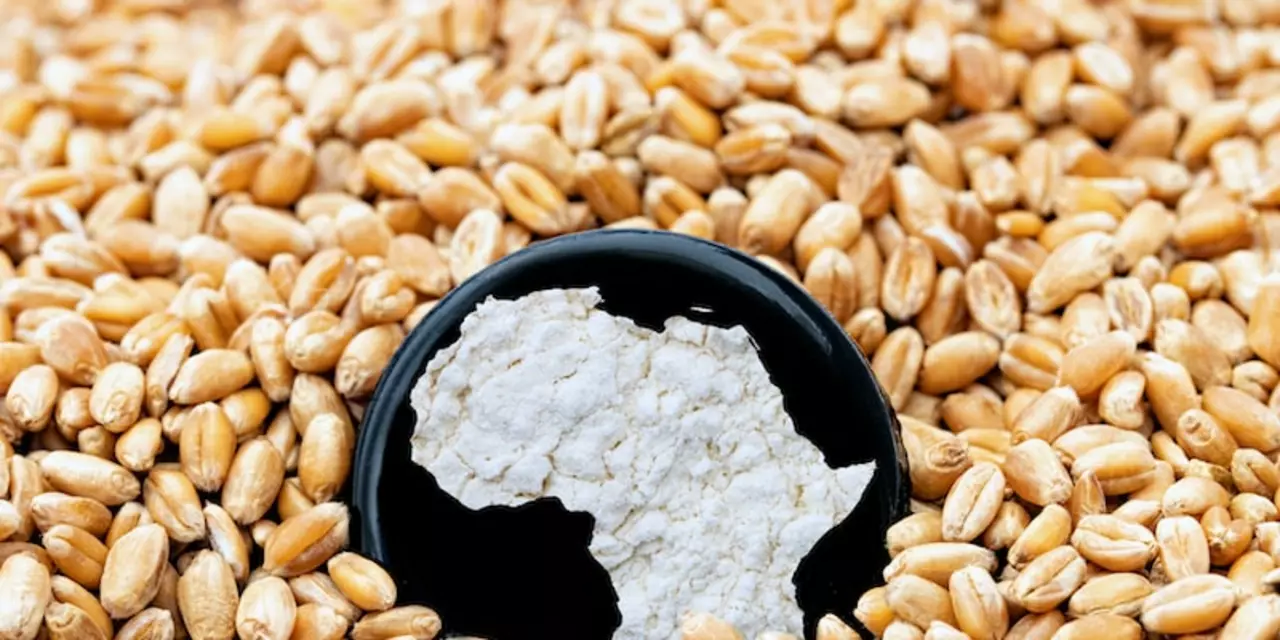Sambar: Simple Guide to South Indian Lentil Stew
If you’ve ever wondered why sambar is a staple on every South Indian table, you’re in the right spot. It’s a humble mix of lentils, veggies, and spices that packs a punch of flavor without demanding fancy tools. Below you’ll find everything you need to whip up a bowl that’s comforting, nutritious, and perfect with rice or idli.
Key Ingredients and Why They Matter
First up, the base: toor dal (split pigeon peas). This dal cooks fast, turns buttery when mashed, and holds the spices together. Next, grab a handful of veggies – carrots, drumsticks, pumpkin, or beans are classic choices. They add texture and natural sweetness.
Spices are the soul of sambar. You’ll need turmeric for color, mustard seeds for that subtle pop, and a good sambar powder. If you can’t find a ready‑made blend, mix coriander, cumin, fenugreek, dried red chilies, and a pinch of asafoetida. Toss in a few curry leaves and a splash of tamarind juice for that signature tang.
Step‑by‑Step Method to Cook Perfect Sambar
1. Rinse and pressure‑cook the dal with a pinch of turmeric until it’s soft and mushy (about 2 whistles). Mash it lightly; you want a smooth texture but a few small lumps are fine.
2. Heat oil in a pan and add mustard seeds. When they crackle, drop in curry leaves, a pinch of asafoetida, and sliced onions. Sauté until the onions turn golden.
3. Add chopped veggies and a cup of water. Cook until they’re just tender – you don’t want them mushy. Sprinkle sambar powder, salt, and the tamarind extract. Stir well.
4. Pour the mashed dal into the pot, mix, and let everything simmer for 5‑7 minutes. Taste and adjust seasoning; a bit more tamarind if you like extra sourness, or extra chili if you crave heat.
5. Finish with a tempering – heat a spoonful of oil, add mustard seeds, dried red chilies, and a few more curry leaves. Pour this over the hot sambar for an aromatic kick.
That’s it! Serve your sambar hot with steamed rice, idli, or dosa. It stores well in the fridge for a couple of days, and the flavors actually improve after overnight rest.
Quick tip: if the sambar looks too thick, thin it with a splash of water. If it’s too watery, let it boil uncovered for a few minutes. Adjusting consistency is easy and makes a big difference in the eating experience.
Now you have a go‑to recipe that works for beginners and seasoned cooks alike. Grab your ingredients, follow these steps, and enjoy that comforting, tangy bowl of sambar any day of the week.

What is the typical food of a poor Indian?
Poor Indians have a diet which is mostly dependent on basic staples like wheat, rice and pulses. These are supplemented by a variety of vegetables and fruits, which are seasonal and locally available. Dairy products and meat are consumed sparingly, and mainly by those who can afford it. Poor Indians usually have simple meals which consist of chapatis, dals and vegetables, or rice and sambar.